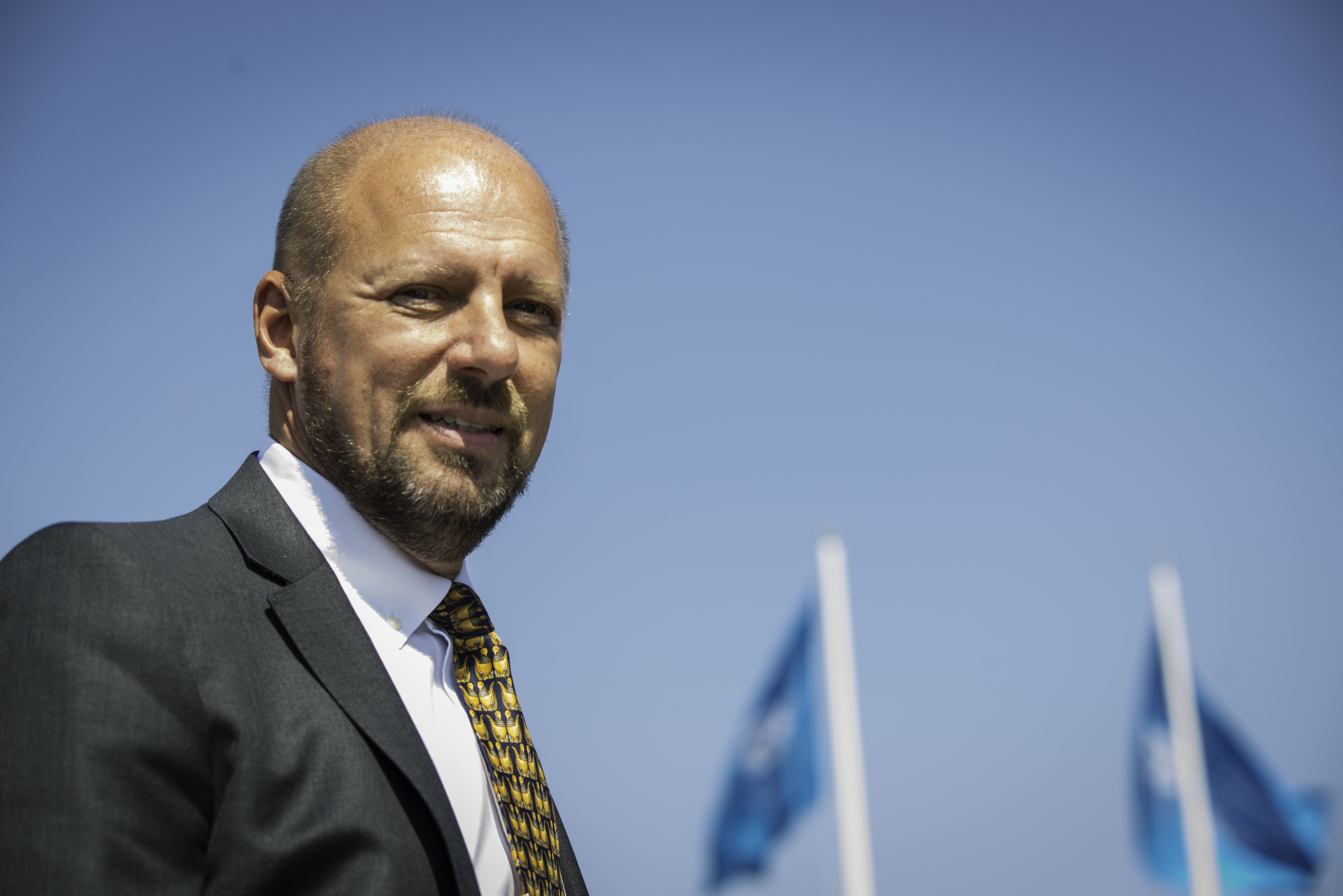When the Large Hadron Collider (LHC) was planned, built and came into operation at CERN at the Swiss/French border close to Geneva, logistics proved to be a critical success factor. Planning, building and operating the LHC showcased the importance of logistic requirements for large-scale research infrastructures. Logistics has far-reaching consequences for a possible successor currently explored by the Future Circular Collider study.
The LHC is currently the largest and most powerful particle collider in the world, enabling us to explore the most fundamental questions about the origins of our Universe. Yet, progress in the knowledge frontier calls for new scientific instruments.
The Future Circular Collider (FCC) study was launched in 2014 in the frame of an international collaboration hosted by CERN. Today it numbers 120 institutes from more than 30 countries from all over the world. Fraunhofer IML participates in this collaborative effort with the development of novel logistics concepts for the installation of what will be humankind's largest machine in a new 100 km long tunnel, some 300 metres underground. In close collaboration with CERN, Fraunhofer IML will develop detailed concepts and planning for the logistic parameters of a future 100 km collider that will outstrip our knowledge about the Universe.
In this endeavour, it is important to partner with worldwide renowned research institutes and experts that can contribute with technical expertise and practical experience. The FCC study will produce a conceptual design report by the end of 2018 on a particle-collider based research infrastructure that can serve the world’s science community throughout the 21st century.
Heading for the most exciting research facility of today
The main emphasis of the FCC design study is a hadron collider with a centre-of-mass energy of the order of 100 TeV in a new 100 km circumference tunnel to study physics at the highest energies we have ever reached. Today’s most powerful particle collider, the Large Hadron Collider is housed in a 27 km long tunnel. Increasing the radius of the tunnel and building more powerful superconducting magnets that will accelerate and steer the beam will allow to increase the energy by an order of magnited. At these higher energies we may find new particles and observe new phenomena that could offer new insights about the birth and evolution of the Universe.
The research of Fraunhofer IML focuses on the equipment handling above and below ground. When it comes to install several thousands of superconducting magnets, each one 60 tons heavy and more than 15 metres long, this task is not for the fainthearted. The underground transport of magnets has to be carried out safely and according to requirements. Even the slightest tilting or shaking may permanently damage these devices. The magnets only allow a maximum acceleration of 0.1 g – a very big challenge for conventional transport systems. Autonomous transport is another topic that requires particular attention in order to achieve a uninterrupted operation for the machine and minimize any disruptions during interventions for maintaining or upgrading the machine.
Moving to the ground, another key logistic challenge is related to the transportation of all the accelerator components which will arrive from all over the world. Already, for the LHC, the accelerator components, in particular the superconducting magnets, were produced all over the world and were delivered to Geneva within a period of one to two years. Similarly, a global coordination effort will be needed for a future circular collider. FCC requires a comprehensive evaluation of possible transport routes (via ship, streets and possibilities for transshipment points). Logistics is in demand to contribute with concepts for location, number and characteristic of facilities for storing, assembling, testing and handling the magnets.
Just as the participation of Fraunhofer IML is a valuable for the study, so is the project a benefit for the field of logistics. Today’s methods of planning and implementing solutions can be transferred and validated to new environments characterized by tremendous complexity. The building of a future 100km collider clearly offers many challenges and opportunities. The collaborative effort of Fraunhofer IML and CERN supports further the development of existing approaches and drives research of completely new procedures from which logistics can benefit over the next decades.
ABOUT THE AUTHOR
Matti Tiirakari is Senior Advisor at CERN European Center for Nuclear Research.
MORE ABOUT THE TOPIC
CERN set up a website for the FCC study: At fcc.web.cern.ch you can learn more about the technological aspects and the partners involved.
 Fraunhofer Institute for Material Flow and Logistics IML
Fraunhofer Institute for Material Flow and Logistics IML